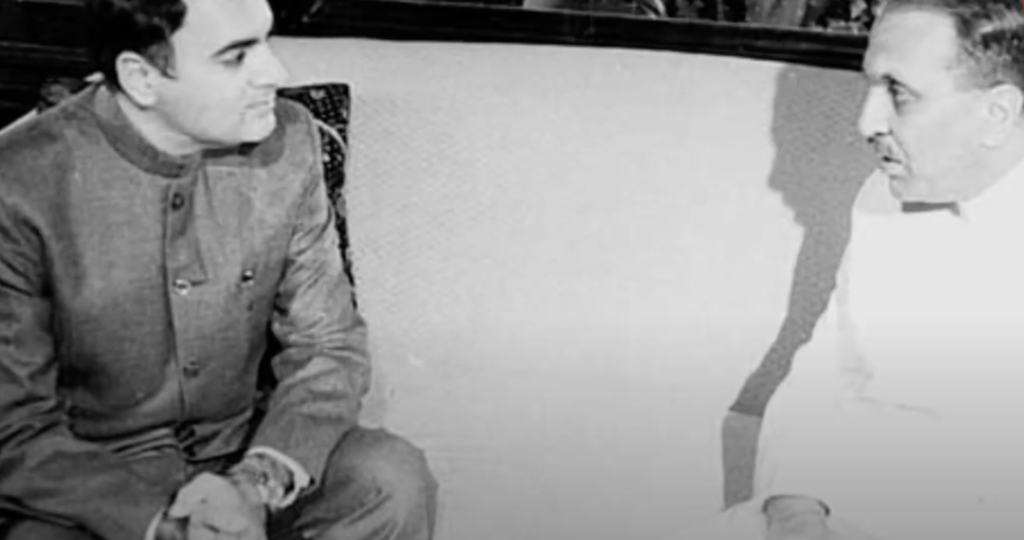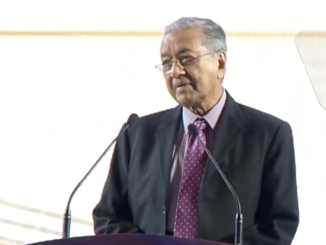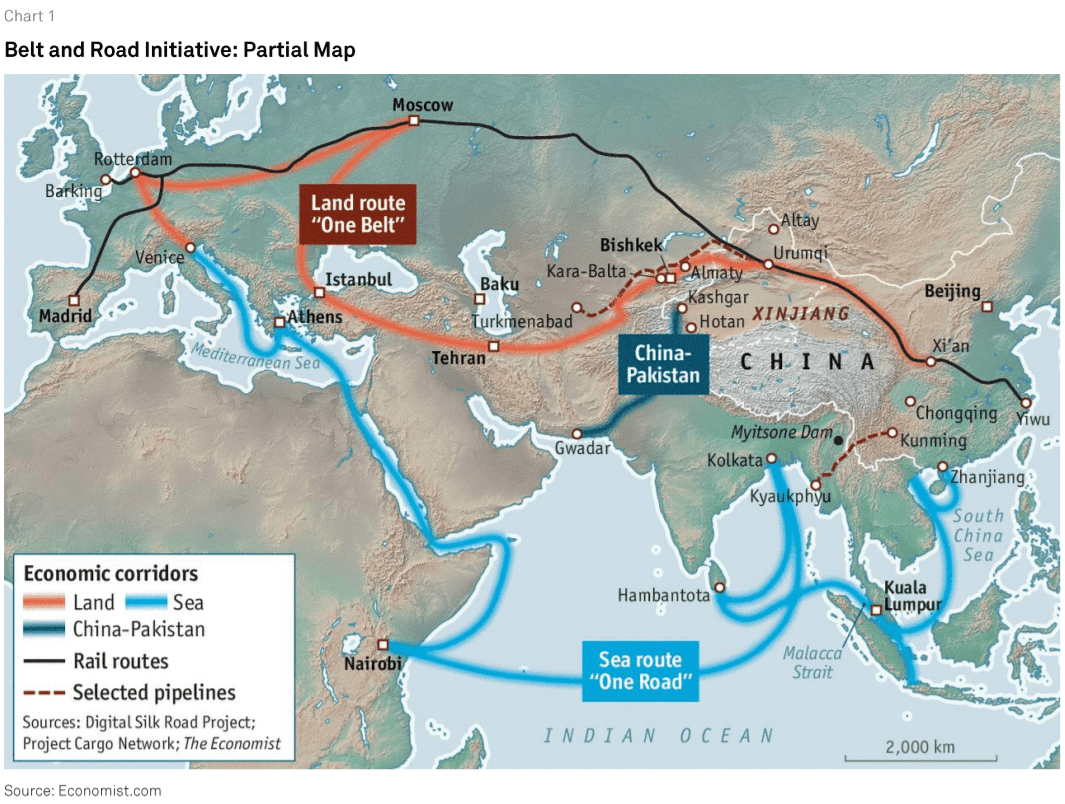
Nuclear posture is the confluence of a state’s overall military structure, command and control, rules and procedures of employment and targeting, and the physical characteristics of nuclear weapons and their delivery systems. If nuclear doctrine represents the declaratory stance of a state regarding nuclear forces, then nuclear posture dictates the operational axis of nuclear forces. Nuclear postures can be classified into several categories and, unlike nuclear doctrines, can provide crucial information regarding the behavior of states which either have not declared their nuclear prowess or in the process of developing nuclear capability. Vipin Narang has formulated the term catalytic posture to represent the posture of state with undeclared or ambiguous nuclear prowess, and he has applied the same terminology to describe the posture which Pakistan maintained throughout its covert nuclearization phase, i.e. 1974-1998. As per Vipin, catalytic posture involves the military or diplomatic intervention of a third party – often the United States – on the behalf of the allied state which is facing a significant threat to its vital interests and has ambiguous nuclear capability. The catalytic posture is, thus, based upon preconditions: first, the state’s nuclear program is either in the developmental phase or the initial phase of maturity; and second, the state must have a considerably warm relationship with a major power that can provide patronage at the time of crisis.
The strategic calculations of Pakistan altered significantly after the 1971 Indo-Pak war. The loss of its eastern flank and the failure of an intervention on part of the international community created the realization within the governing apparatus that Pakistan, as a sovereign state, could no longer rely on security commitments provided by global powers and instead needed a nuclear deterrent of its own for its security requirements. The Indian nuclear test in 1974 – the so called Peaceful Nuclear Explosion (PNE), proved New Delhi’s ambitions of nuclear weaponization and further catalyzed the progression of Pakistan’s nuclear program.
For the development of nuclear weapon technology, Pakistan followed a dual approach and henceforth established two institutes, i.e. the Pakistan Atomic Energy Commission (PAEC), which followed the route of Plutonium Re-processing technology; and the Kahuta Research Laboratories (KRL), which adopted the path of Uranium Enrichment technology for weapons development. This dual approach allowed Pakistan to simultaneously pursue two different routes of nuclear weaponization.
In the late 80s, the Soviet-Afghan war and the subsequent joint participation of the United States and Pakistan reinforced the Pak-U.S. relationship. From a security perspective, the warmth of the relationship benefited Pakistan in two primary ways. On one hand, Pakistan acquired modern conventional weapons from the U.S., and on the other it utilized the political cover of the Ronald Regan administration to mature its nuclear program using the strategy of sheltered pursuit. Sheltered pursuit is a nuclear proliferation strategy which is followed by a hedger state to advance a nuclear weaponization program using the political and strategic cover of a patron state. This efficient strategy has, so far, been successfully executed by Pakistan and Israel using the United States as a patron. The Regan administration, admiring of the Zia regime’s contribution to the Soviet-Afghan war, was under the impression that it was ‘killing two birds with one stone’, i.e. by supplying advanced conventional weapons to Pakistan, it was denying the need for Islamabad to consider unconventional defenses.
In 1986, India initiated the multi-phase Brasstacks military exercise and deployed nine army divisions in the Rajasthan and Punjab sectors in combat posture. The apparent Indian political ambition was to use this combat exercise as a tool to coerce Pakistan into abandoning its support for the Khalistan insurgency in Indian Punjab. At the time India initiated Brasstacks, the Indian army had already raised 26 armored regiments and had a numerical advantage of 2:1 against the Pakistan army. The mainstay of the Indian armored corps was the Soviet-origin T-72M tank which was superior to any tank type within Pakistan’s arsenal. The Pakistan army had advanced anti-tank defenses and fire support assets supplied by the United States, but with the Soviet Union on the Western front and India on the Eastern front, Pakistan’s armed forces were overstretched. Similarly, the qualitative edge of the Pakistan Air Force F-16 Blk15 fleet had been matched by the Indian Air Force which first procured the Mirage-2000H from France and then the Mig-29 Fulcrum from the Soviet Union. Henceforth, despite receiving military support from the United States, Pakistan’s conventional forces were still not in a position to conventionally deter the numerically superior and qualitatively matched Indian armed forces.
The Chief of the Indian Army, Gen. K. Sundarji, was reportedly acting autonomously beyond the commands of New Delhi, and there was growing ambiguity regarding the final objectives of such a large-scale exercise. As per Lt. Gen. P. N. Hoon, who was then heading the Indian Army Western Command, “Brasstacks was no military exercise. It was a plan to build up a situation for a fourth war with Pakistan.”
The options available to Pakistan were limited and complex. On one side Gen. Zia had to abide by his commitments with Washington that Islamabad would not develop a nuclear bomb, and on other side, deterrence was necessary to thwart any possible Indian offense. Although by March 1984 both the PAEC and KRL had cold-tested nuclear weapon designs, a credible delivery platform was absent. Theoretically, these nuclear devices were deliverable by C-130 Hercules aircraft operated by the Pakistan Air Force, but these cargo aircrafts were highly vulnerable to enemy air interceptors and air defense systems. Therefore, it can be claimed that at the height of the Brasstacks crisis, Pakistan was still a latent nuclear state as it lacked a credible nuclear payload delivery system; moreover, its ability to actually detonate a nuclear weapon was uncertain – at least in the eyes of the Indian establishment. Above all, an assertive display of nuclear capability for deterring India would have created a major rift in Pak-U.S. relations – something which was neither in the interests of Pakistan nor of the United States. There was also growing concern within Pakistan’s leadership circles that India might exploit the crisis for triggering a conflict and use that to pre-emptively strike Pakistan’s nascent nuclear infrastructure – a move akin to Israel’s air strikes on Iraq’s Osiriq nuclear plant.
Pakistan’s responsive strategy, despite all the complexities involved, was well-calculated and it delivered the requisite results. On one side, Pakistan counter-deployed its armed forces, and on the other it increased the scale of activities linked with nuclear proliferation as a sign of resolve that Pakistan would exercise all options – the ones already at its disposal as well as the ones which could be made available in near future – to safeguard its sovereignty from external threats. These visible activities were perceived by United States as a possible shift within Pakistan’s nuclear policy, meant to address the security challenges posed by India’s assertive deployments. The result, as per Washington’s perception, would have been nuclear proliferation by Pakistan to get the weapon ready as soon as possible to credibly deter India-centric threats. The entire situation compelled Washington to intervene with diplomatic efforts for de-escalating the Indo-Pak crisis. Chari, Cheema and Cohen have summarized Pakistan’s strategy as such: “American intervention came in as they were worried about changes in Pakistan’s nuclear status that would lead to termination of American military sales and other forms of aid, directly endangering the war efforts in Afghanistan.” Moreover, “Pakistan’s nuclear threats fit into a larger Pakistani strategy: that of linking its own nuclear program with an American commitment to defend Islamabad from an Indian attack.”
Nonetheless, the combined effect of American diplomatic efforts and Gen. Zia’s cricket diplomacy finally settled the crisis, which had been at its peak in January 1987, by the end of February the same year. The U.S. Ambassador John Dean was tasked to act as a moderator to ensure the orderly removal of security forces from both sides of the border. The Brasstacks crisis was the very first litmus test of Pakistan’s strategic framework involving the combination of a nuclear deterrent and diplomatic projection for crisis management. It provided insight into how the nuclear forces can be used to formulate a certain nuclear posture according to threat perceptions, and how that posture then affects the course and termination of any major security crisis. The Brasstacks exercise also highlighted the vulnerability of nascent nuclear capability against the superior conventional prowess of an adversary and proved the importance of conventional defenses – which can, not only better deter low-end conflicts, but also supplement the credibility of the nuclear deterrent for thwarting high-end conflicts. For Pakistan, the need of credible delivery options was realized as the lack of a potent delivery system was the core reason why the Indian leadership had not been deterred by Pakistan’s nascent nuclear prowess, and had instead required the patronage of the United States in crisis dissolution. The learnings of the Brasstacks crisis were applied during the Kashmir crisis (1990) when Pakistan successfully deterred India, predominantly due to its nuclear posture, despite the bitter Islamabad-Washington relations in the wake of the Pressler Amendment.
![]()




The article is full of glaring factual errors and the writer unfortunately displays a poor understanding of the issue. I am tempted to point out all the erroneous facts and figures and events but my comment will become longer than the article itself. The suthor should better consult some authentic sources. The editorial staff is also requested to kindly give a quick look at the articles especially on sensitive issues and either rectify the errors or not publish the article.There are already lots of misperceptions about our nuclear programme let us not add further controversies and misunderstandings.
Respected Sir, the raw data I have collected is from Vipin Narang publications and other sources are also mentioned. So definitely it do not match entirely with the narrative of Pakistan regarding Brasstacks crisis. Unfortunately, the Pakistan centric information is either not easily accessible or is usually wrapped in nationalism. Rest, if you can write your thoughts in shape of an article to repel this narrative, then it will be an honor and a learning opportunity for myself.
Regards.